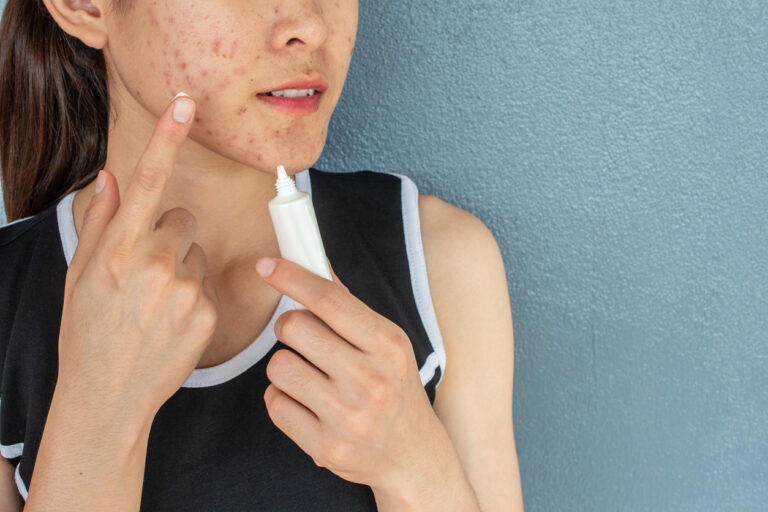Both IPL or intense pulsed light and laser treatments are popular in cosmetic and medical skin treatment. Each option covers a wide range of treatments, and most cosmetic treatment providers will have both available.
How are IPL and Laser Similar?
Before we discuss the differences so you and your dermatologist can figure out which is best for you, it’s essential to understand the basic similarities.
Both technologies are light emitters. These light waves are energy, which converts into heat as they penetrate your skin. That heat can destroy melanin, create a chemical reaction, or start specific natural processes like collagen production, which activates healing.
What is Intense Pulsed Light (IPL)?
IPL emits short pulses in a broad spectrum of light wavelengths. These are less intense than traditional lasers and are considered to be non-ablative. The light energy will leave your top layer of skin, epidermis, intact. The intense pulsed light targets the structures below the top layer of skin like hair roots or spider veins.
While different from lasers, IPL treatments also come with some risks and side effects, which are generally minor. These can include mild swelling or redness, blistering, bleeding, pigmentation changes, and (rarely) scarring.
What is IPL Commonly Used to Treat?
- Rosacea
- Spider Veins
- Facial Veins
- Acne
- Blemishes
- Age Spots
- Brown Spots
- Freckles
- Birthmarks
- Sun Damage
- Hair Removal
- Minor Wrinkles or Aging Skin
Intense pulsed light is also used to boost collagen production and photo-facials.
When Non-Ablative Lasers Work Better
When used properly, IPL and non-ablative treatments preserve the skin’s uppermost layer, drastically reducing healing time. Such procedures like skin resurfacing can be performed using more sessions but with less intense recovery.
In short, because non-ablative equipment like IPL causes less skin injury, the patient’s desired rejuvenating effect can be achieved in a way that promotes faster healing.
Consulting closely with your dermatologist can help you understand which type of treatment is best for you and your goals.
Ablative Lasers and CO2 Fractional Resurfacing
Ablative lasers for cosmetic treatment are more invasive but are a faster means of achieving patient goals. The results are consequently stronger, more dramatic, and tend to last longer. This, however, means longer recovery times, and sedation or anesthesia may be used during the treatment process.
Fractional CO2 lasers are used to treat scarring, lines, wrinkles, minimizing pores, evening the texture and tone of the skin, and providing an overall skin rejuvenation effect.
Both intense pulsed light and laser treatment options cover a wide range of treatments. Dilworth Dermatology uses both types of lasers. If you think you are a candidate for IPL or laser treatments, reach out to us and schedule an appointment with one of our board-certified providers.


